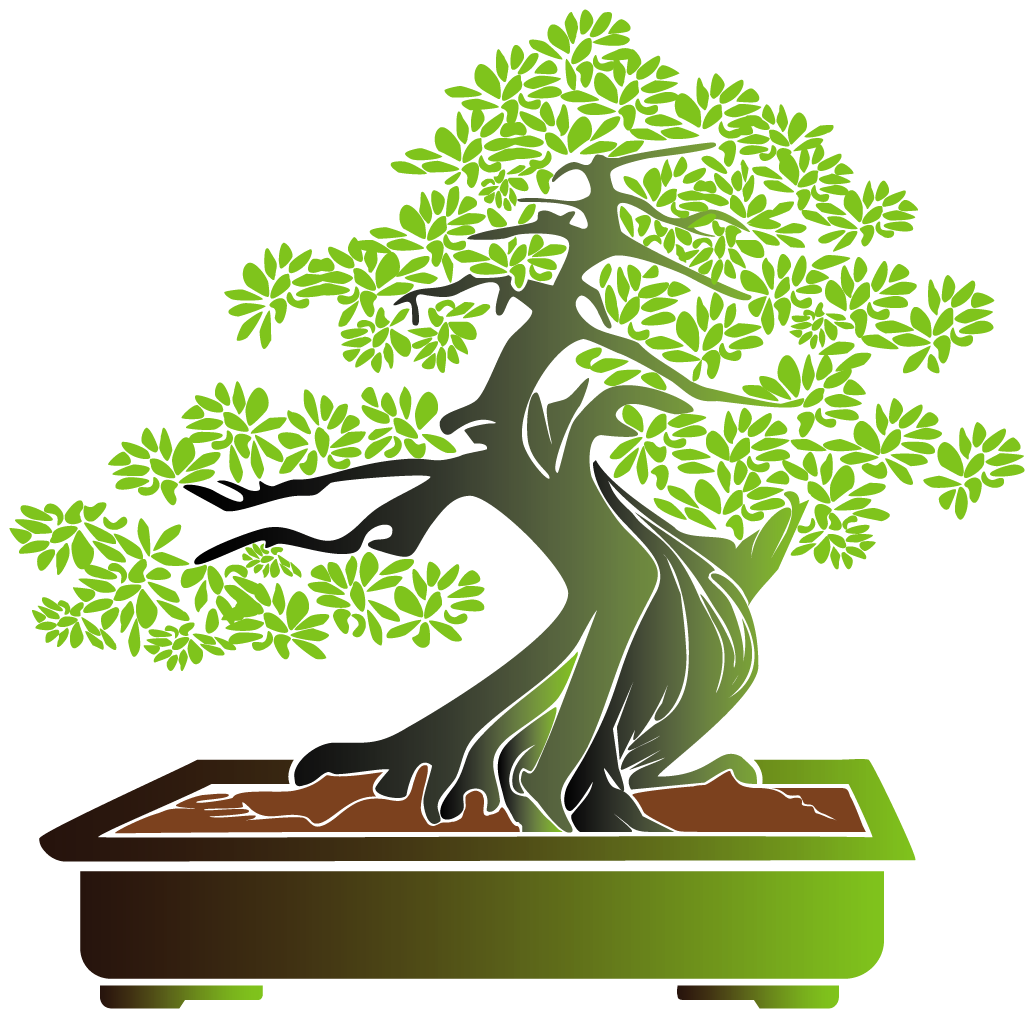Imperial Bonsai is a type of Bonsai that originated in Japan and is one of the most popular types of Bonsai. It is a traditional Japanese art form of cultivating small trees and one that can be admired by collectors all over the world. The majority of the trees used to cultivate this art form are imported and can take a great deal of effort to maintain. If you are planning to start an Imperial Bonsai enterprise, there are several things you should know in order to do so successfully.

This style of Bonsai uses special soil that is intended to be utilized indoors. An indoor tree can survive on ordinary soil, but it will be considerably slower growing and more prone to problems. This is because the amount of light and moisture that the soil receives is much lower inside of an indoor setting. As a result, an indoor tree cannot produce flowers and other foliage that help bring out the best qualities of the plant. Therefore, one of the most important aspects of maintaining your bonsai tree is the availability of good quality indoor soil. Here are two ways to purchase soil for your indoor tree:
You may find that you have many different options when you look to purchase bonsai soil. One way to choose which one to buy is based on how large your tree will be when it is fully mature. If you choose the correct drainage method, the soil should drain easily, and it should drain into a container with no sog or standing water. It is not necessary to purchase the exact amount of soil at one time. Many hobbyists find that they can save money by purchasing a small bag of soil and a small quantity of fertilizer at a time. This is because many Imperial bonsai trees have a shallow root system, and they can benefit from extra fertilizer even if the root system is shallow.
One of the factors you will want to consider when purchasing soil is what the common name of the plant is. If your plant has a common name, such as Shoho, then you will want to purchase a mix that has a similar pH and similar soil structure. However, if your tree has a more uncommon name, such as Tetsubin, then you will want to purchase a mix that has a stronger concentration of nutrients and is designed for this specific tree.
There are several things to keep in mind when you are preparing bonsai soil. First, the branches on your bonsai tree should be trimmed neatly to prevent them from growing back excessively. Secondly, you will want to take care not to bruise the bark of the branches as this can cause new damage to the tree. Finally, the roots of your trees should be kept separate from the branches, and you should never place both of these growing areas near each other.
When it comes time to prepare your tree for fertilization and pruning, start by purchasing a quality potting soil. For your first few Bonsai plants, you may consider purchasing a small starter pot that has a larger opening than what the trees you have grown in the past may have had. This allows for the roots to spread out without becoming trapped and will keep the tree from drying out too quickly. When choosing a Bonsai pot, you will also want to keep in mind the size of the pot that you are going to use. If you are not planning on repotting your tree very often, then a smaller pot will work best.
For the final step before filling the pots and trimming the branches, you will want to add an oxygenator to the mix. These come in different forms, such as oxygenating salts or just simple oxygenators. You will often find that these are sold in the form of tablets and can be placed directly into the pots. Imperial bonsai trees are not meant to be planted directly in the sunlight. Because of this, many beginning enthusiasts choose to buy inexpensive indoor growing lights and place them behind a sturdy window in their home.
When selecting which Bonsai tree or plant to use, you will want to take into consideration several factors. It is common to grow various types of Bonsai throughout the year, but if you want to get a specific type of tree, such as the Japanese Imperial Orchid, it may be best to keep the plant in a Bonsai nursery for the majority of its life. This is because different species of Orchids tend to adapt to different conditions, and if you are not familiar with how they will do in your own environment before planting the tree, it is wise to let someone who is more knowledgeable help you choose the right one for your home. While you may end up saving money if you purchase your Bonsai trees wholesale, it is important to remember that you are paying a higher price for the plant, due to the added care that goes along with growing and maintaining the plant.
